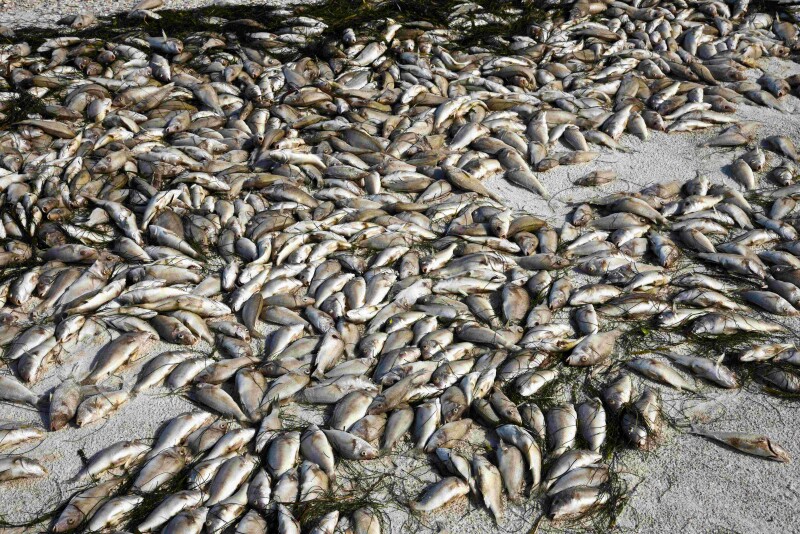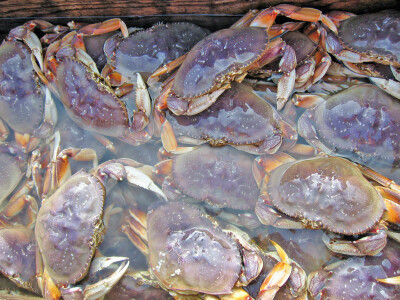The Louisiana Department of Wildlife and Fisheries (LDWF) warns the public of potential fish kills throughout coastal Louisiana due to freezing water temperatures.
If fish kills do occur, evidence could be delayed, as fish may not be visible for a week or more after a cold kill. According to Louisiana Wildlife and Fisheries, coastal species commonly impacted by low water temperatures are sand seatrout (white trout), red drum, black drum, and spotted seatrout.
“Typically, water temperatures below 40 degrees Fahrenheit for more than a day cause problems for spotted seatrout, whereas red drum are slightly more tolerant and will begin to experience problems when temperatures dip into the mid-30s,” explained LDWF fisheries biologist Jason Adriance. “The rate at which the water cools is also important. If fish have a chance to acclimate and move, the potential for survival is higher.”
Inland fisheries biologists are not expecting severe impacts to freshwater sport fishes, although fish kills may occur in inland waters. There is the potential for small, isolated mortality of shad due to the colder-than-normal water temperatures, but this should not pose a significant impact to the populations.
Should you come across significant numbers of dead or dying fish, LDWF encourages you to contact the department. Contact information and requested reporting specifics are available at: www.wlf.louisiana.gov/page/fish-kills. Be prepared to provide your name, phone number (in case additional information is needed), along with the location, including good directions to the fish kill site, the approximate quantity, species of fish and their condition (still dying, all dead, decomposing, etc.). Anglers should be aware that creel and size limits remain in effect, as well as legal methods of take, and harvesting fish beyond those regulations is illegal.
Additional Information from Louisiana Sea Grant on Cold-water Fish Kills:
Winters in the northern Gulf can result in periods of extreme cold air and water temperature which result in large-scale fish kills. Most fish are ectotherms (cold-blooded) which means that their metabolisms are closely tied to the temperature of the water, and during extreme cold, less than 40°F (4°C), their metabolisms cannot function properly and the fish dies. Fish that are especially vulnerable to low temperatures are fish that typically live in shallow coastal waters that can rapidly change temperature during extreme cold events; examples: spotted seatrout and red drum.
When should we be concerned for a fish kill?
Fish mortality due to cold can occur in two scenarios, when water temperatures rapidly drops (for spotted seatrout less than 39°F, or when temperatures are prolonged for five to seven days (for spotted seatrout less than 41°F [5°C]) (Ellis et al. 2017). Of coastal species, spotted seatrout are typically the most vulnerable. Red drum can also be susceptible to immediate low temperatures dips 37°F, according to Procarione and King.
What were the water temperatures in this last extreme cold event in Louisiana?
All this data is available on the USGS website: Coastal water in every southern coastal basin dipped to less than 39°F, with some more inland monitors dropping less than 36°F.







